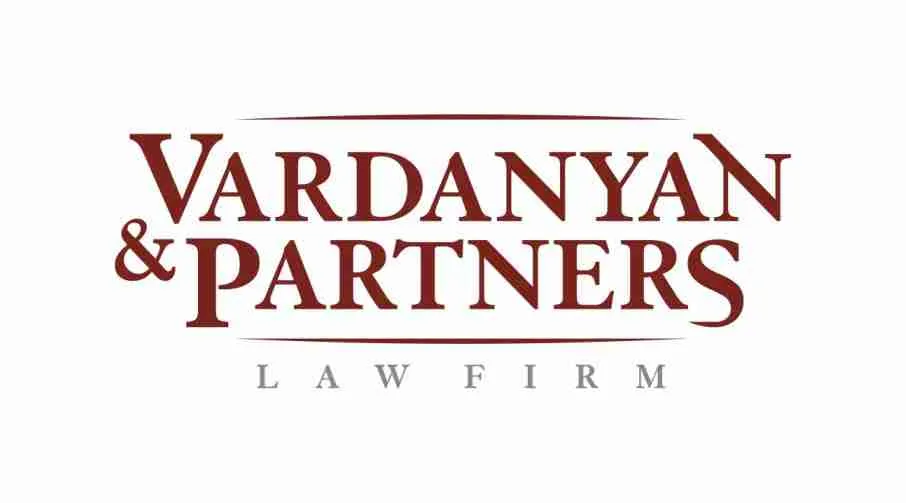Religion in Russia
What Religions Are There in Russia?
- The most widespread religion in Russia is Russian Orthodox Christianity.
- The Orthodox faith is very strict. Upon entering a church, women must cover their hair, while men have to take off any headwear. There are a number of rules on how to behave in church and the service itself also follows a strict order. Divine services are not held in Russian, but in Old Church Slavonic.
- Russia has been home to Jewish people for centuries, even though they have been persecuted. However, in places like St. Petersburg, comparatively large Jewish communities have survived.
- Buddhism has its place in Russia, too. St. Petersburg has a wonderful Buddhist temple that always welcomes visitors.
- Followers of Islam can be found mostly in the south of Russia.
- The Tuva Republic close to the Altai mountains is home to Russian Shamanism. Believers from all over the country travel to this Siberian region to ask for shamanistic advice.
Russian Orthodoxy
Once you become more acquainted with Russian culture you will realize the large role that religion plays in Russian society. Since the 11th century, Slavic people were pagan, but after Duke Vladimir Krasno Solnyshko (Red Sun) decided to become Christian, he immediately baptized the entire population, sometimes even using force. Afterwards, somehow Russian people fell in love with Orthodox Christianity and its respective rituals have become an inspiration to them. Since the authorities of the Tsar had always been very religious and thus strongly supported Orthodoxy, the Church prospered throughout the country. There was a huge movement to build churches and temples all over Russia; the beauty of these buildings impressed Orthodox Christians and other religions alike. The grandest temples are concentrated in the heart of Russian Christianity in the central region and capital of the country - Moscow.
It is well known that Orthodox Christianity is a strict religion with lots of rules, fasts and restrictions in comparison with the Baptist or even Catholic faith. Nevertheless, in Russia people accepted Orthodoxy and nowadays many people are still very devout.
A Brief History of the Russian Orthodox Temple
A church or a temple is a spiritual building made for the passing of devotions, built and consecrated in a special manner. In Christianity a temple is a house of God, a place for prayers.
Traditions of building temples were developed during a time span of hundreds of years. Most often Christian temples look like a cross, which in its Eastern form has crosses of equal lengths, from above. The most famous Christian temple was Saint Sophia's Cathedral in Constantinople, the capital of Byzantine. Its round domes became an example for future architecture endeavors of Orthodox temples. Round domes and arches symbolized eternity and perfection, and were designed to make their observers more ‘spiritually aware.’ Icons with the image of the Mother of God were usually hung in apses near the altar, and images of the Lord's Supper were placed on the altar. The Christian temple usually has three distinct parts: the vestibule, a middle part and the altar. Most temples of Old Russia were built with five ‘onion’ domes.
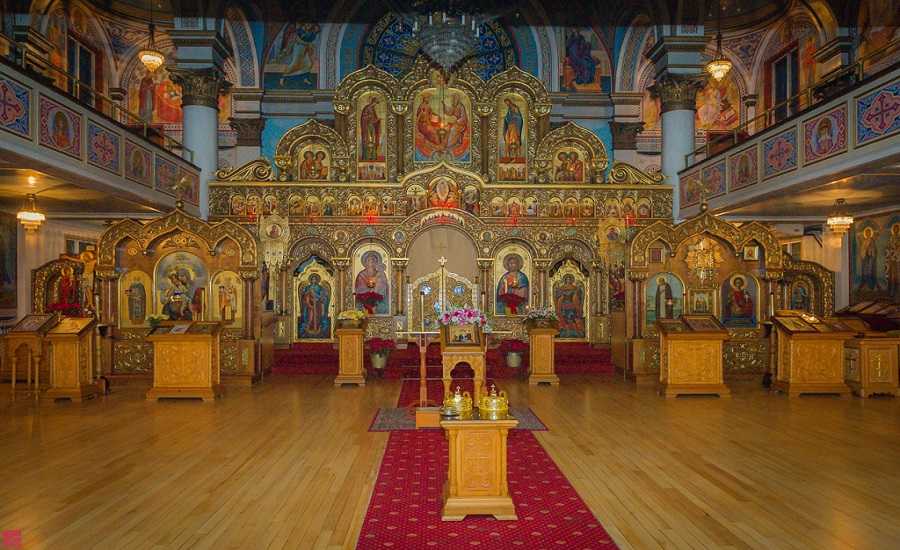
It is necessary to get the blessing of a church hierarch to build a new temple. Once it was constructed, a new church or temple was consecrated in honor of Jesus Christ, of the Mother of God or of one or a few saints. A single-domed church or cathedral symbolized God; two domes were symbols of the divine and human nature of Jesus Christ, three domes – the Trinity, five domes – Jesus Christ and the four Evangelists. A temple with seven domes symbolized the seven church sacraments, nine domes - the nine angelic titles, and with thirteen domes – Jesus Christ and his twelve apostles.
The form and color of a dome are also very important in religious symbolism. Domes in the shape of a helmet symbolized the fight of Christianity against forces of evil; the shape of an onion is also the symbol of the flame of a candle that, in turn, symbolizes the immortal soul. Golden domes signify divine glory, and crown most of the main cathedrals located in big cities. Temples consecrated in honor of the Mother of God have blue domes with gold stars, which symbolize the Star of Bethlehem. Domes built in honor of the Trinity have green domes, and temples consecrated in honor of saints have green or silver domes.
Walls of Christian temples are always painted with images of biblical themes: the creation of the world, the life of Adam and Eve, the Lord's Supper and the Last Judgment. Usually above their arcs are images of the four Evangelists, and in the arcs are images of apostles, saints and prophets. Images of martyrs are usually painted on the columns.
The structure of Christian temples is designed with the following rules in mind: the altar is always placed an the eastern end and the level of its floor is a little higher than the others halls of the temple. It is also the main part of the temple, meaning that only men have permission to enter inside. The middle of the altar is the place from which devotions are told. Important sacred objects (a cross, the Bible, a tabernacle, a pyx and a corporal – a piece of silk with the image of Jesus Christ being placed into the coffin) are kept here. The back wall of the altar is occupied by the iconostasis: a partition with rows of icons. Choirs are located along the walls of churches and cathedrals. The western part of the temple is intended for people yet to be baptized but who are going to adopt the Christian faith and for people who are confessing their sins.
Russian Orthodox Services
Divine services held in church are an expression of the people's beliefs and of their love for God. During these services priests wear special clothes that can be different colors (yellow, white, blue, red, green, violet or black with silver) depending on the kind of service. The main divine service is the liturgy that is prefaced by seven actions throughout the day: the evensong, the midnight service, the Matins and four more services. This round of services signifies the gratitude people have towards God for rescuing them from their sins and the sin of mankind in general. The Orthodox Church also has occasional religious rituals. These are services connected with religious sacraments (christening, wedding and burial services, among others).
The ritual of Orthodox services was created centuries ago, in the first Orthodox capital Constantinople. The Orthodox Church has three daily divine services throughout the day. Also it is divided into different sacraments: receiving communion, the christening, the extreme unction, the anointing, the wedding and the ordaining. Besides these sacraments, there are also special divine services devoted to different religious holidays. The daily divine services last throughout the entire day. The evening services consist of the devotion of the ninth hour, the evensong and the complin. These devotions signal the thanks people grant God for that day and their request to save sleeping people during the night. The morning divine services begin at the midnight service, which is devoted to the second advent of Jesus Christ. The next service is the Matins that symbolizes the thanks people grant God for the previous night and the consecration of the new day. The third part of the morning service is the service of the first hour. This divine service, like services of the third, sixth and ninth hours that follow it, are short and consist of a few psalms and devotions.
Vespers are passed in temples at night before Sundays and religious holidays. The most solemn Vespers take place before Christmas and Easter and most of its devotions are dedicated to these holidays. The tradition of divine evening services is very ancient: it appeared because legends claim that Jesus Christ and his apostles often prayed only at night time. Furthermore, Christian people, who lived in the first years A.D., had to pray and pass divine services secretly and at night because of their fear of persecution by the Romans.
During the first part of the Vespers, priests remind people of Old Testament stories and the choir sings psalms about the creation of the world and offers up prayers about forgiveness. The second part of this divine service is the Great Suffrage, which is devoted to asking God for help. It is a general service in which all people take part, and it always begins because of the massive appeals coming from churchgoers to pray all together. During the Great Suffrage a priest reads seven secret devotions at the altar and a choir sings psalms about righteous men from the Old Testament and about Jesus Christ. Next, a choir sings a hymn glorifying God and priests go around the ceremony participants with a thurible (a vessel in which incense is burned) and candles.

The next action of the vespers is a group of general devotions to the Mother of God and all saints (John the Baptist, Saint Nicolas the miracle-worker, Saint Cyril and Methody to name a few) for the needs of all humanity. Afterwards, the morning part of the vespers begins: a priest speaks about the events of the New Testament and the theme of devotions changes from the penance to spiritual joy. The choir sings about the birth of Jesus Christ and reads six psalms about divine mercy. Finally, the most solemn part of the vespers begins. Priests light all the candles and all go inside the temple, symbolizing the apostles, who came to the grave of Jesus Christ and knew about his resurrection.
Every Orthodox Church has a bell tower. Many people think bells are traditional Orthodox musical instruments and organs are traditional Catholic instruments, but in fact bells entered Old Russia from Catholic Europe and organs appeared in Orthodox Byzantium.
Now Orthodox temples usually have a lot of bells of different sizes. Big bells are used rarely, only during especially solemn or tragic events. Others are rung during divine services and religious holidays. First, the bells were tetrahedral, but from the 10th century on they became round. The church's specific regulations determine the order and the melody of the ringing of bells, for example the slow ringing of one bell is called the church-going bell: it is an invitation into the temple and a sign that a divine service is about to take place. During the Great Lent, the ringing of bells is reduced to a minimum. Earlier, bells were used only to call believers for devotions. But now the bells are rung several times a day – atmosphere is, after all, very important.
How to Behave in an Orthodox Church
All visitors to Orthodox churches, including those who do not adhere to the Orthodox faith, must be respectful. At the entrance of the temple, men must take their head-dresses off (this includes hats, bandanas, scarves, etc.) and women, on the contrary, must cover their heads with shawls. At the threshold of the temple people should stop for a moment, cross themselves, using their right hand and bow. These actions are external manifestations of the beliefs of Orthodox people. Of course, if you are not Christian you don't have to cross yourself, but it would be good idea to enter the temple slowly and quietly. Stop for a moment before entering, concentrate on the idea that you are going inside a spiritual place, then go ahead. When you enter keep silent, don't speak with each other unless it is absolutely necessary. Do not discuss what you see around with people inside. If you speak, do it quietly, ask questions only to the ladies, who are working inside the church. You usually will find them at the end of the hall, where candles and some other church items (such as icons, small crosses and silver chains) are sold. If you are entering a monastery, the rules could be even stricter. Women shouldn't wear a short skirt or pants, although some places will provide a long skirt to wear over normal clothing. The church rules regarding head covering also apply here.
When people accept blessings from a priest, they should cross their hands on their chests, putting the right hand on top of their left. When they kiss icons, they shouldn't kiss images of Jesus Christ, the Mother of God or saints to their faces. Each icon can be kissed only once, even if it has images of more than one person. Of course this information only applies to religious adherents, who believe and attend the service with certain expectations. If you entered the church because of cultural interests, you do not have to participate in these rituals.
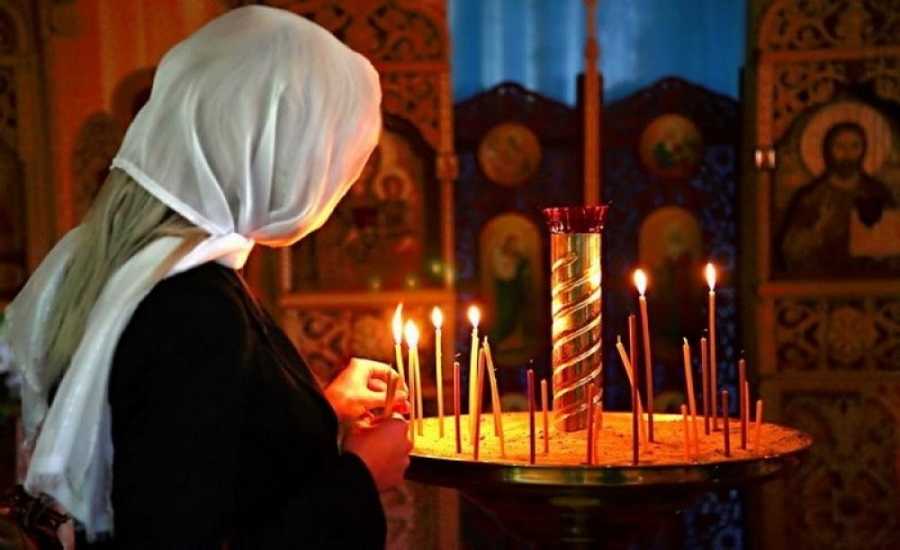
In addition, Orthodox visitors can place candles in the churches. This practice is actually open to everyone, but if you do not believe in such things than this practice is of no use. However if you feel like doing this – go ahead. You usually can buy candles inside the temples and should light them from other candles that have been already lit. Candles lighted for the health of somebody can be put in front of any icon; candles lighted for dead people must be put only in front of a crucifix. Also keep in mind that all divine services in Orthodox temples in Russia are held in the Old Slavonic language; this does not sound not like normal speech, but more like a song. One would think that the speech would be full of spirit, but the Orthodox Church is solemn and doesn't allow much joy. People behave like they are suffering or just very calm; visiting the church for them is more like an obligation. For believers, this is not a place to meet your friends or praise the Lord and have joy. In summary, all people should behave simply, naturally and respectfully toward other visitors, when visiting an Orthodox Church.
Judaism
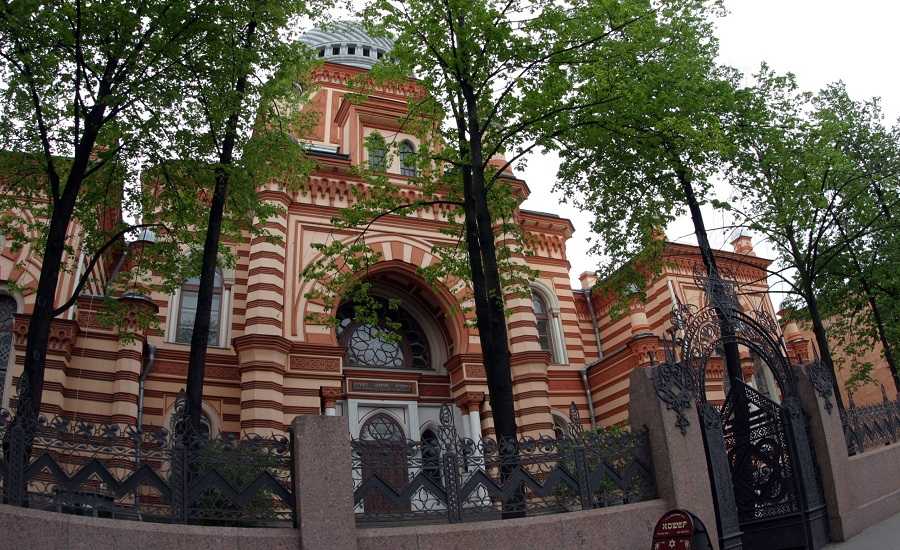
Historically, Russia has always had a fairly large Jewish community, despite government sanctioned persecution of Jewish believers before and during Soviet times. This religion has held a sad place in Russian history because Jews were often pressed by the Russian Orthodox Church. The Russian Orthodox Church was always the main religious branch and had an enormous amount of power, and consequently Judaism suffered the most. Many Russian Jews had to immigrate to other countries. Thus nowadays Jews won't express their beliefs too widely or publicly, even though government-sanctioned persecution has ceased. Nonetheless, in Saint Petersburg there is a relatively large Jewish community and they have a big choral synagogue, which is located on Lermontovsky, 2. A visit to this religious building is probably the best way to find out about Judaism and its practices in Russia today.
Buddhism
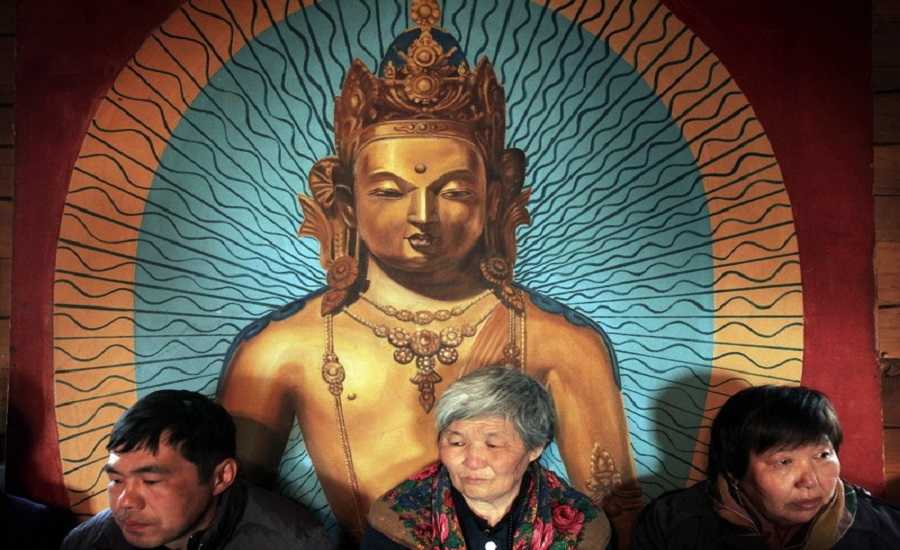
Over two and a half thousand years old, Buddhism is one of the three oldest religions. The head of all Buddhists is the Dalai Lama, which literally translates to "the Ocean of Wisdom". In Russia, Buddhism was first adopted by Buryats, one of the many types of Mongolian people who settled on Russian lands. The year 1741 is considered the official arrival of the religion in Russia. After this date, Buddhism spread to many different Russian groups, including the Kalmyks and Tuvinians. This religion also suffered during Soviet times: many temples were completely destroyed and Buddhist monks were executed. Fortunately in the 1990s, Buddhism received official recognition and began to flourish.
Islam
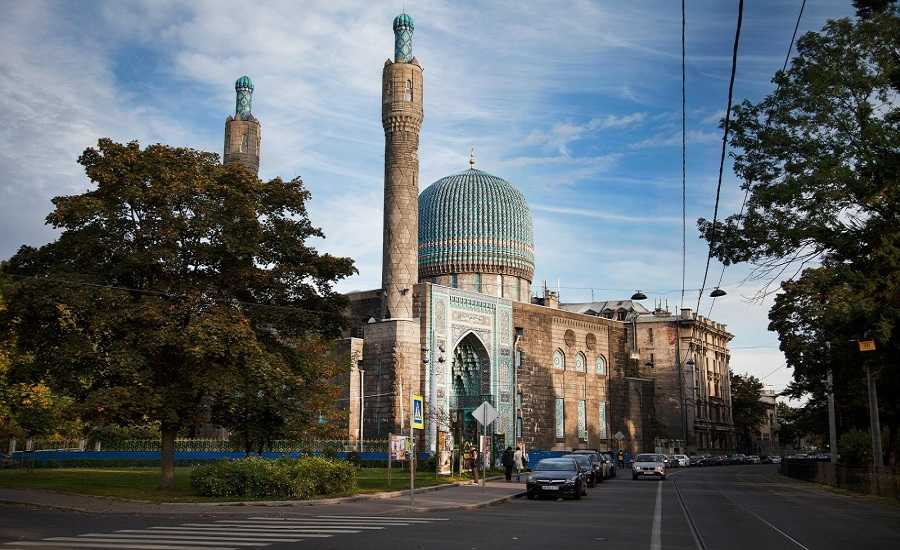
If you keep up with current events, you will know that Islam has been made out to be a dangerous religion; in its purest form, however, the religion itself is very fair, balanced, and peaceful. In Russia, Islam is prevalent, especially in the country's southern regions. The religion also has lots of followers in the other parts of Russia, including St. Petersburg. You can find information about the Russian-Islam community in St. Petersburg at the Cathedral Mosque, which is located on Kronversky prospect, 7. Besides being an educational experience, visitors find this Mosque to be visually beautiful. It is one of the biggest mosques in Europe and can accommodate up to five thousand people. The first floor has a vast hall reserved for male worship only; the second floor is for women, and the third is where Sunday school classes are held. Here it is possible to study the Arabic and Tatar languages, as well with the basic pillars of Islam itself.
Shamanism
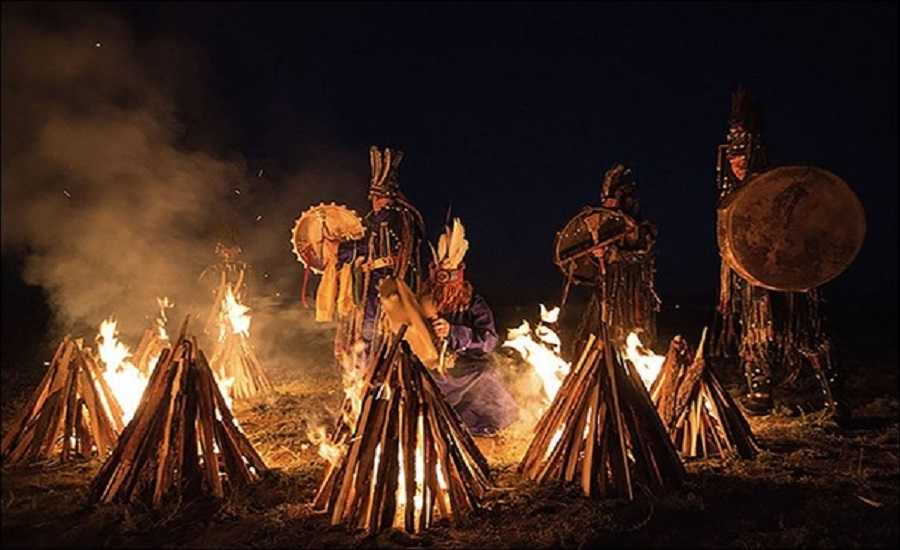
Shamanism is actually not very wide spread nowadays. The religion has spread through Central Asia and many people have adopted Shamanistic practices. The religion developed the most in the Tuva Republic, which is located near Altai and borders with Mongolia. For the past ten years Shamanism, along with Buddhism, had a rebirth in the Tuva Republic. At the moment there are about 170 Shamans residing here. In Tuva many people tend to believe in the Shamans and ask their help and advice about everyday matters. But the Tuva population is not the only group of people following Shamanism, people from all over the country travel large distances to the Tuva Republic in order to ask wise Shamans for help. Tuva is definitely a unique and impressive region, where you can hear the Shamans’ magical tambourine, see their enchanting dances and experience the ritual of rejuvenation called "The Wheel of Time". This practice includes meditation and ritual bonfires as well as seances of clairvoyance and discussions with the dead. There are a few centers in the Tuva Republic where you can get closer to the basis of this religion. Here Shamanism is based on close contact with nature and on the connection between human nature and wisdom. But if you encounter "Shamans" anywhere else in Russia or in the world for that matter, be careful, because they are not always authentic and tend to be more like cults, which unfortunately gives the religion a bad name.
Hits: 1541
